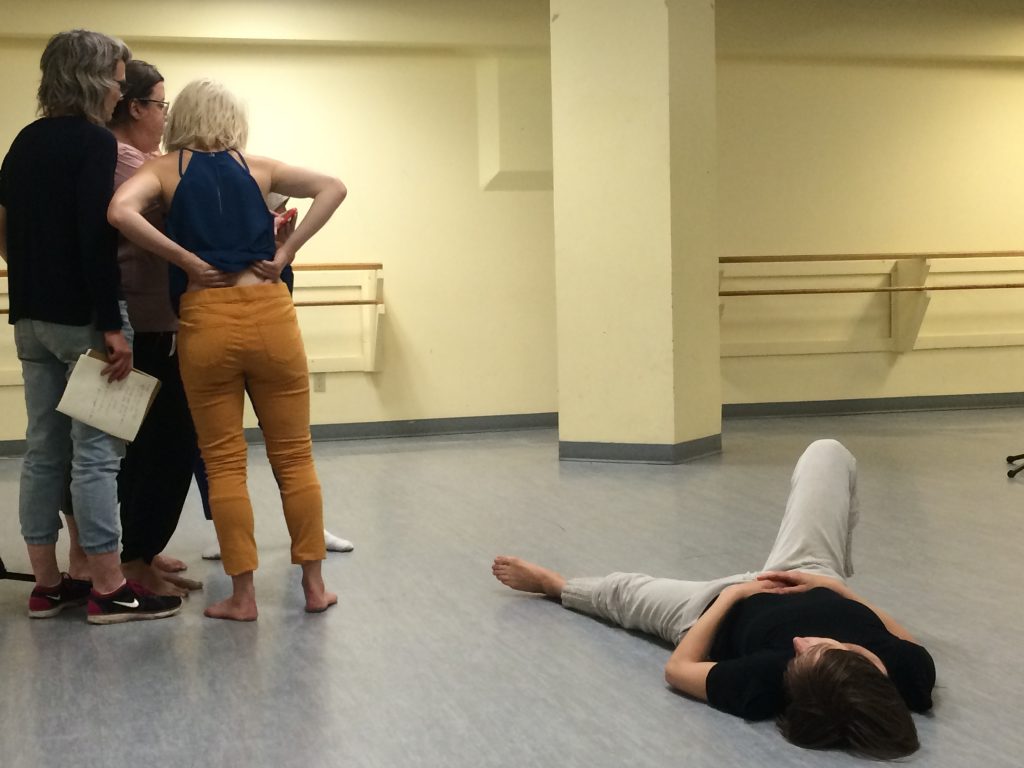
If dance as an art form is to grow in Nova Scotia, more funding and a dedicated performance space is needed, says Sara Coffin, director of Mocean Dance.
Last year, grants from the Canada Council for the Arts to dance organizations in the province were slightly more than $180,000. A drop of $40,000 from the year previous, and testimony to struggle of the dance community to gain steady financial ground in the province.
“As an individual you have to be able to cut it right away if you don’t get the money, because it’s just impossible, and it’s way too much of a risk to put yourself in that much debt,” says Coffin. Even for smaller companies, funding is crucial. “It means shortening the season, or working for free. It means you have to be very adaptable, and look for other ways to raise money.”
Dance in the province, and the Maritimes as a whole, remains a minor figure in the arts landscape. Last year, the sum of awards given to dance organizations in Nova Scotia was the smallest among the major art disciplines.
That isn’t the case elsewhere in Canada. Held up against other provinces, one sees the contrast. Alberta receives more than double of the entire Atlantic region combined.
Applications for grants are evaluated by a jury of peers familiar with the community. A system meant to ensure artistic merit remains the priority. However, this can also mean grants are reserved for a select few.
“The companies that are sucking the money dry are the big ballet companies, so all the money is being funneled into Ontario and Quebec,” says Coffin. “They’re institutions, and they’re important, but then there’s only so much to go around, and then it’s harder for the new surge of energy or blood to come up.”
The numbers reflect the artistic hierarchy. Last year, more than two-thirds of the grant money to organizations went to Ontario and Quebec.
If other provinces are to establish dance communities of their own, more money needs to find its way there, says Coffin.
“They’re definitely propping up city centers instead of helping new areas develop,” she says. A major milestone for the province would be a venue for dance artists to call their own – a dedicated space for rehearsal and performance. “That’s where we need support, because we’re all rehearsing in our living rooms and these weird spaces we can find that are cheap. There is no center here for us to work in.”
But changes are coming.
Starting in 2017, the Council will change its grant programs. Instead of 147 discipline-based programs, the new model will instead have only six, each with its own nationwide mandate, be it nurturing aboriginal artistry or supporting artists abroad.
In an email, Council spokeswoman Meredith Sharpe explained that “so many of the restrictions that have been in place for years will change and the funding model will truly become artist-centered.”
Should the changes mean more money flowing into the province, it would come at an opportune time, says Coffin, because there’s a growing pool of talent in Halifax.
“For the first time we have three generations of dancers working in Halifax,” Coffin says. However, lack of funding will hamper the next generation’s growth. “There’s not enough money being sent here, so they’re usually excluded first, so they have a longer time get their momentum going.”
